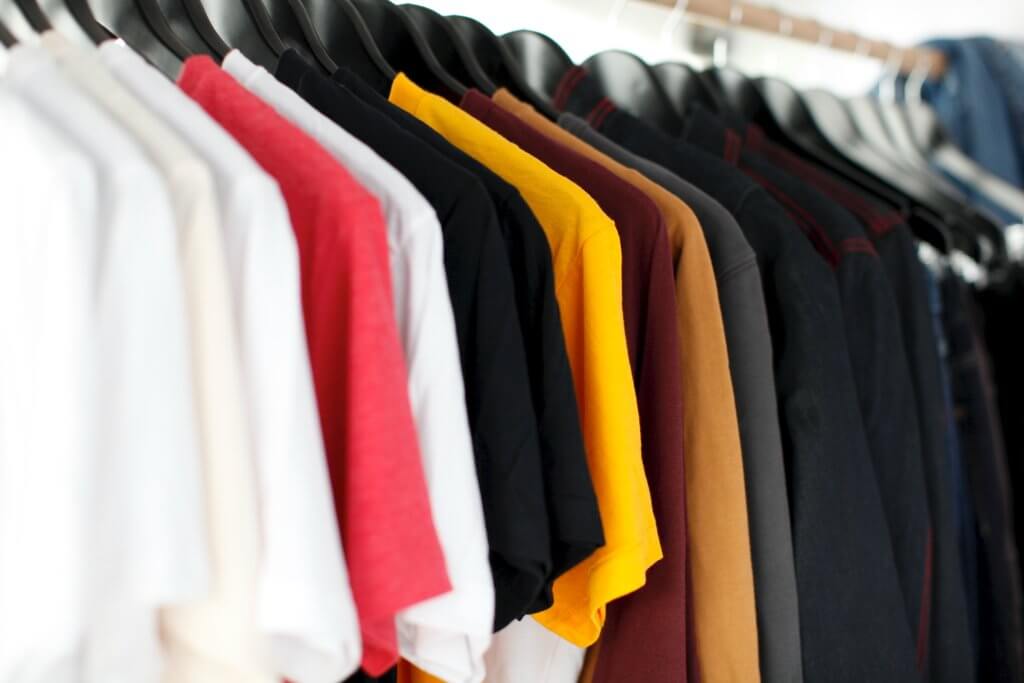
The Real Cost of Cheap Fashion
The allure of “cheap fashion” is undeniable — trendy clothes at incredibly low prices. It’s tempting to indulge in the latest fashion trends without breaking the bank. However, the hidden costs of excessive fashion spending and the environmental impact of fast fashion cannot be ignored.
The following explore sticking to a certain wardrobe limit and how to break the need to invest in cheap fashion to save both your wallet and the environment.
Hidden Costs of Cheap Fashion
While the low prices might seem appealing, the hidden costs and environmental impact of cheap fashion are significant factors to consider.
Low-Quality Clothing
Cheap fashion often translates to low-quality clothing. These pieces may wear out quickly, leading to frequent replacements, resulting in additional expenses.
Impulse Purchases
The appeal of low prices can lead to impulse purchases, where shoppers buy items they don’t need or won’t wear, wasting money on clothes that end up unworn and forgotten in the back of the closet.
Wasted Money
Spending on cheap clothes that serve no real purpose is a waste of money, which could have been invested in high-quality, versatile pieces that last longer. The wastage on clothing may even hit people hard when they look at their closets and are astounded at all the product stored.
In an ABC interview, photographer Kate Hulett admitted pledging a New Year’s resolution not to buy any clothes this year, in light of the realisation that any big-ticket clothes purchased came from countries where the actual producers are women and children who are paid a pittance.
Lack of Wardrobe Cohesion
Cheap fashion often lacks coherence, leading to a cluttered wardrobe filled with pieces that don’t complement each other, resulting in more spending to fill the gaps.
Environmental Impact
The production of cheap, fast fashion contributes to environmental wastage, from excessive water usage to pollution and waste generated during manufacturing.
The Australian Fashion Council recognises this danger, reporting that only 7,000 of the 227,000 tonnes of unsold clothes sent to Aussie landfills every year are ever recycled. Many clothes in that pile are probably made of synthetic fabrics that would not decompose for hundreds of years.
Limiting your Wardrobe
Adopting a wardrobe limit and embracing sustainable fashion practices can lead to a more fulfilling and responsible approach to clothing consumption.
Limiting your wardrobe encourages a more sustainable approach to fashion. In choosing high-quality, versatile pieces that can be mixed and matched, you reduce the demand for fast fashion, which is known for its harmful environmental impact.
A limited wardrobe means fewer impulse purchases and more conscious spending. This leads to better financial management and greater control over your budget.
A well-curated wardrobe with a limited number of essential pieces reduces clutter and makes getting dressed easier and more enjoyable.
Investing in higher-quality clothing may cost more initially, but they tend to last longer and provide better value for money in the long run.
Having a limited wardrobe encourages you to define and embrace your personal style, making it easier to curate a wardrobe that truly reflects who you are.
Breaking the Need to Invest in Cheap Fashion
- Create a capsule wardrobe. A capsule wardrobe consists of a small number of versatile, timeless pieces that can be mixed and matched. Embrace this concept to simplify your wardrobe and resist the temptation of cheap, trendy pieces.
- Adopt a “one in, one out” rule. For every new piece you buy, remove an old one from your wardrobe. This ensures that your closet stays clutter-free and encourages more mindful purchases.
- Invest in quality. Instead of buying multiple cheap items, invest in higher-quality clothing that will last longer and provide better value for money. Choose quality over quantity and make conscious choices that align with your personal style and values.
- Rent or borrow special occasion outfits. For special occasions that may require unique outfits, consider renting or borrowing instead of buying something you may only wear once.
- Versatility. When considering new pieces for your wardrobe, focus on items that can be styled in multiple ways and complement the existing pieces in your collection.
- Support sustainable fashion brands. Seek out and support sustainable fashion brands that favour ethical production practices and eco-friendly materials.
- Be mindful of your triggers. Identify situations or emotions that lead you to buy cheap fashion impulsively. Understanding these triggers can help you make more conscious shopping decisions.
DEAL OR NO DEAL? Check out our catalogue on USHOP — your one stop shop for deals and discounts!
If you liked our “The Real Cost of Cheap Fashion” and find it useful, check our blogs regularly for more information and to get updates on UBOMI’s budget planner app.
DISCLAIMER: This article is for informational purposes only. UBOMI has no working relationships with any Australian clothing manufacturers or retailers.




